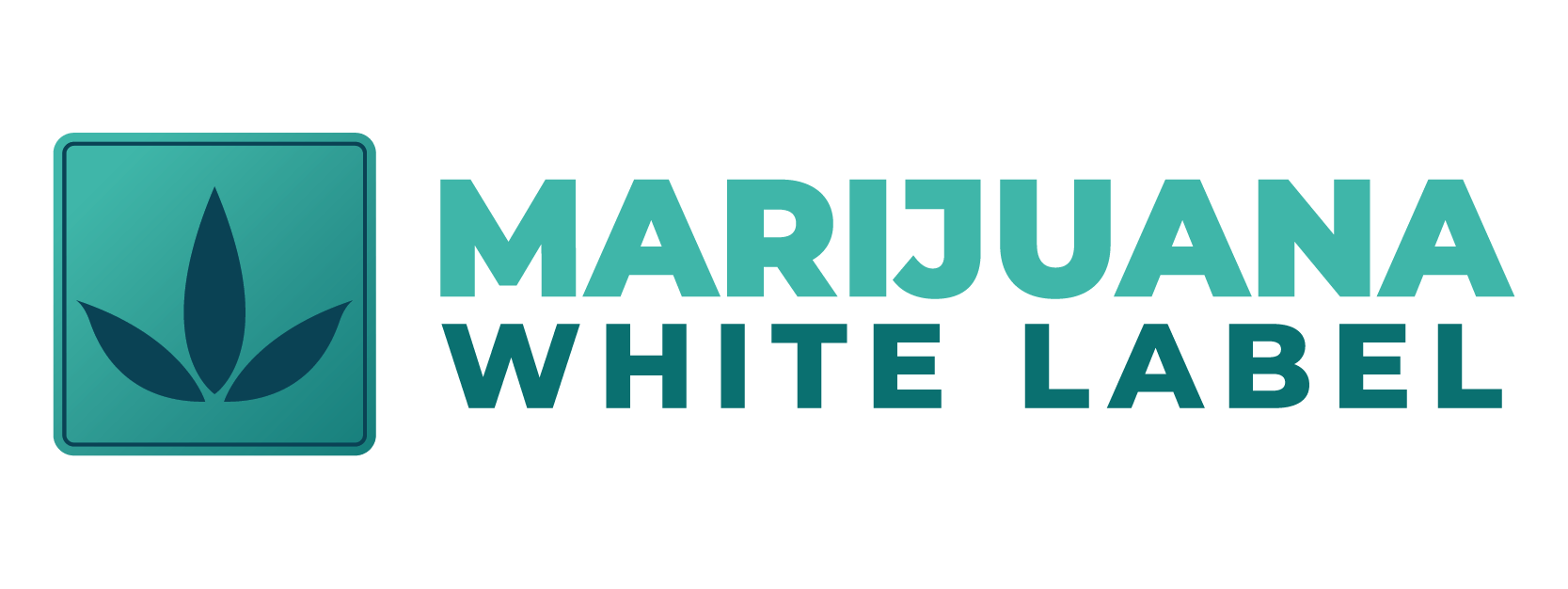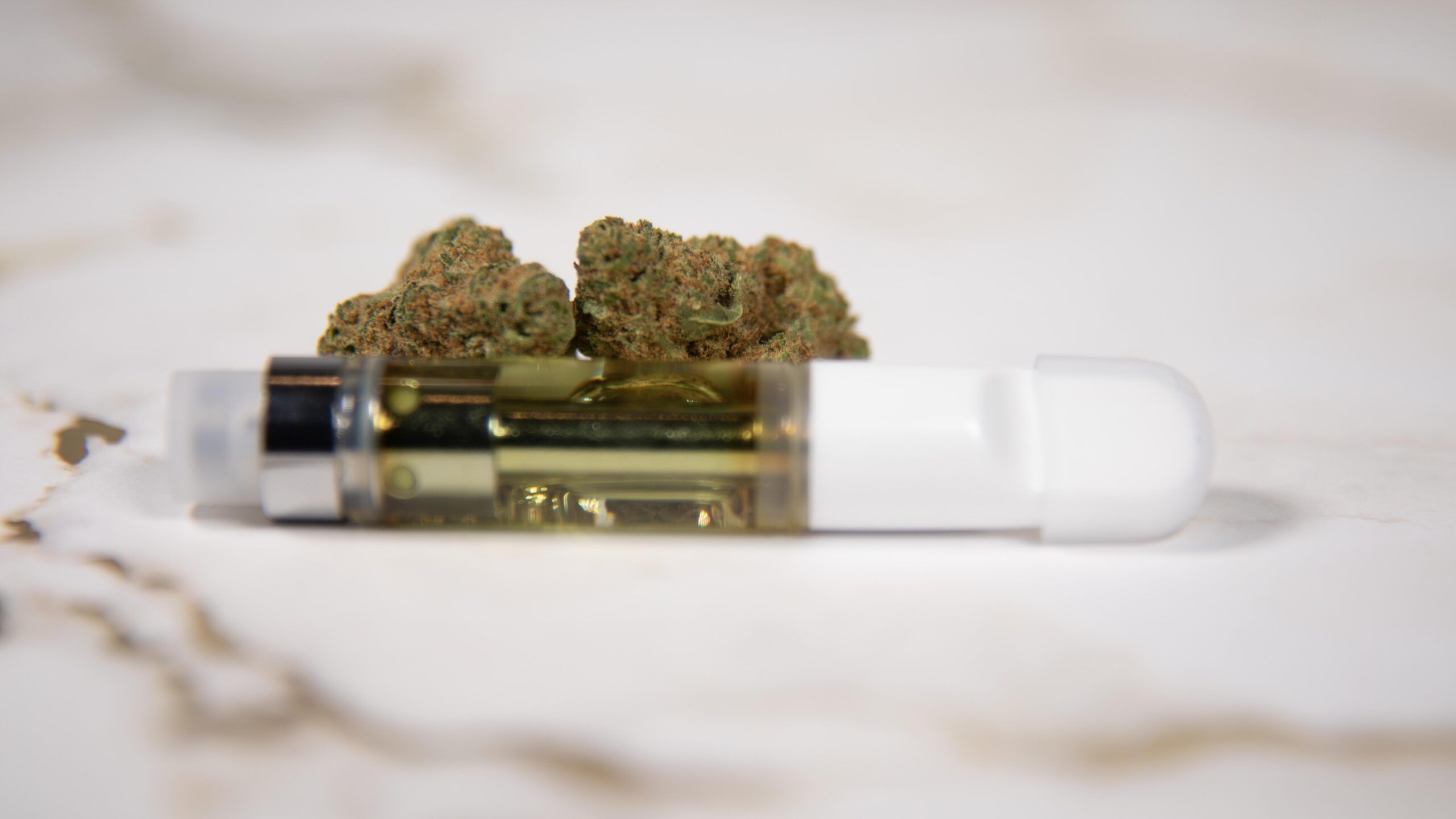The cannabis industry has matured into one of the fastest-evolving consumer markets in North America. Amid rapid growth, white labeling has emerged as a strategic approach that broadens product variety for both companies and consumers. By allowing manufacturers to produce cannabis goods that multiple brands can package and market under their own labels, white labeling creates an ecosystem where choice, affordability, and innovation thrive.
How White Labeling Works
White labeling occurs when a licensed manufacturer produces cannabis products that are sold under another company’s brand. This practice, well established in industries like food, beverages, and cosmetics, has gained momentum in cannabis markets due to the high costs and complexities of cultivation, extraction, and compliance.
For brands, white labeling reduces barriers to entry. Companies can quickly bring flower, edibles, vapes, tinctures, or beverages to market without investing millions in production facilities. Manufacturers benefit from scale, as producing for multiple brands ensures steady demand.
According to New Frontier Data, the U.S. legal cannabis market is projected to surpass $46 billion by 2028, with consumer demand for diverse product formats fueling much of that growth. White labeling provides the infrastructure to meet this demand efficiently.
Expanding Product Variety for the Market
One of the clearest benefits of white labeling is the sheer increase in product variety. Brands that may have once been limited to flower can now offer edibles, concentrates, beverages, or topicals by partnering with white label manufacturers. This diversification gives consumers more choices while allowing brands to compete across multiple categories.
The cannabis beverage sector is a prime example. Producing emulsified THC-infused drinks requires specialized technology that many smaller brands cannot afford. White label manufacturers equipped with nanoemulsion systems make it possible for numerous brands to launch their own beverages, contributing to the explosive growth of this category.
Consumer Benefits: Choice, Accessibility, and Innovation
From the consumer’s perspective, white labeling has a direct and positive impact. Shoppers benefit from:
- Wider Selection – Consumers are no longer confined to a few dominant brands. They can explore a variety of edibles, vapes, or topicals from multiple companies, each offering unique flavors, dosages, or formulations.
- Affordability – White labeling reduces production costs, enabling brands to compete on price. This often translates into more accessible products for consumers.
- Innovation – By lowering entry barriers, white labeling encourages creativity. Boutique brands can experiment with formulations or branding strategies, introducing niche products that appeal to specific demographics.
For example, California and Nevada dispensaries now showcase dozens of different gummy and chocolate lines—many of them produced by the same manufacturers—each catering to different tastes, potency levels, and branding narratives.
Industry Impact: Efficiency and Growth
White labeling doesn’t just benefit consumers—it strengthens the industry ecosystem as a whole. Manufacturers operate more efficiently by producing large volumes under multiple labels. Retailers gain broader inventory without needing to rely exclusively on vertically integrated producers. Brands can scale quickly and expand across state lines, especially as multi-state operators (MSOs) partner with white label facilities in new markets.
Data from Headset indicates that edibles and vape categories, where white labeling is most common, have consistently grown faster than flower in both sales and product innovation. This signals that white labeling plays a central role in shaping product evolution.
The Risks and Responsibilities
While white labeling expands choice, it also introduces challenges. Oversaturation is a potential risk; too many similar products can confuse consumers and dilute brand loyalty. For businesses, the key lies in differentiation—building strong branding, unique flavor profiles, and consumer trust backed by transparency and lab testing.
Consumers, on the other hand, must be discerning. Two different gummy brands may look different on the shelf but originate from the same production line. Education about sourcing and testing is vital to ensure informed decisions.
Looking Ahead
As cannabis legalization spreads across the United States and international markets, white labeling is poised to play an even larger role in shaping product variety. Much like store-brand groceries and private-label cosmetics, cannabis white labeling ensures that consumers have a range of options at different price points without sacrificing quality.
Ultimately, the practice represents a win-win scenario. Companies gain access to efficient production pathways, and consumers enjoy more choices than ever before—whether they prefer an artisanal craft brand or a budget-friendly option. By bridging affordability, accessibility, and innovation, white labeling cements its place as a cornerstone of cannabis retail growth.
Read More: White-Label Success Stories: Cannabis Brands Consumers Trust

